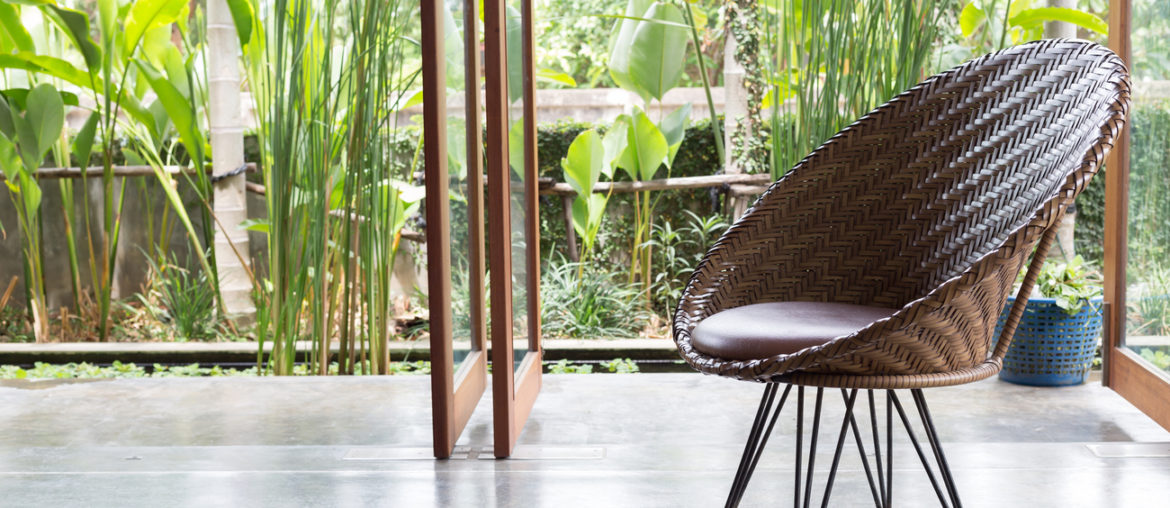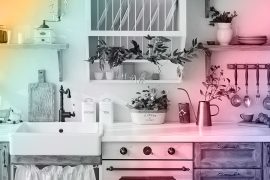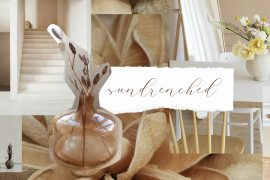The interest for indoor-outdoor living is gaining more traction now with the continuing extension of the quarantine. Many urbanites have realized how important it is to be connected to the outdoors since the lockdown. Judging from the types of homes we have, not many of us can do much about it because we are constrained by the structures we live in, which in a city setting is more often than not usually a shoebox condo that (if we’re lucky) has a pocket-sized balcony. But for those who have an outdoor area, how do you maximize your indoor and outdoor living spaces?
Read Inspirations for Indoor-Outdoor Living.
If you are planning a renovation or building a new house, this post is full of ideas on different styles, and how you can successfully link your indoor and outdoor spaces.
The design of your house is crucial. It should consider the land itself, the location, the environment, local culture, and local materials, and most of all, YOU.
Don’t settle for a box. Push the envelope and imagine what could be built on the land you own. How big do you want the opening structures to be? Do you want the exteriors to be integrated with the interiors? How extensively?
Once you have decided the layout, then you have to consider more practical things like the size of the openings you would like to have, and the features you would want to ensure security, safety, and privacy.
As chemist and Nobel Prize winner Linus Pauling said, “The way to get good ideas is to get lots of ideas, and throw the bad ones away.”
So see this post as a help in your journey to your dream house. Even better, surf through this blog because it’s full of ideas. When you dream, immerse yourself in the possibilities out there. Distill the essential elements of what home is to you when you are ready. Then much like the extraction of essential oils from plants, you will get the fragrance and flavor of a home that is true to your spirit.
Door Ideas that Connect Indoor and Outdoor Areas
What better way to transition from one reality (current home) to the next (a new home or a newly renovated one) than by discussing doors, which literally transition the indoor and outdoor environments.
There are several possibilities for doors that lead to the garden, terrace, or some outdoor area. The choice requires a certain amount of thought. Budget will play a part in your decision because doors per se are big ticket items in a build, much more so for doors that connect to the outside of the house. You have to consider material (that it can withstand exposure to climate conditions), robustness of hardware (like hinges, frames and jambs), energy efficiency, security, customization, installation, service, and maybe even maintenance.
Single-Hinged Door
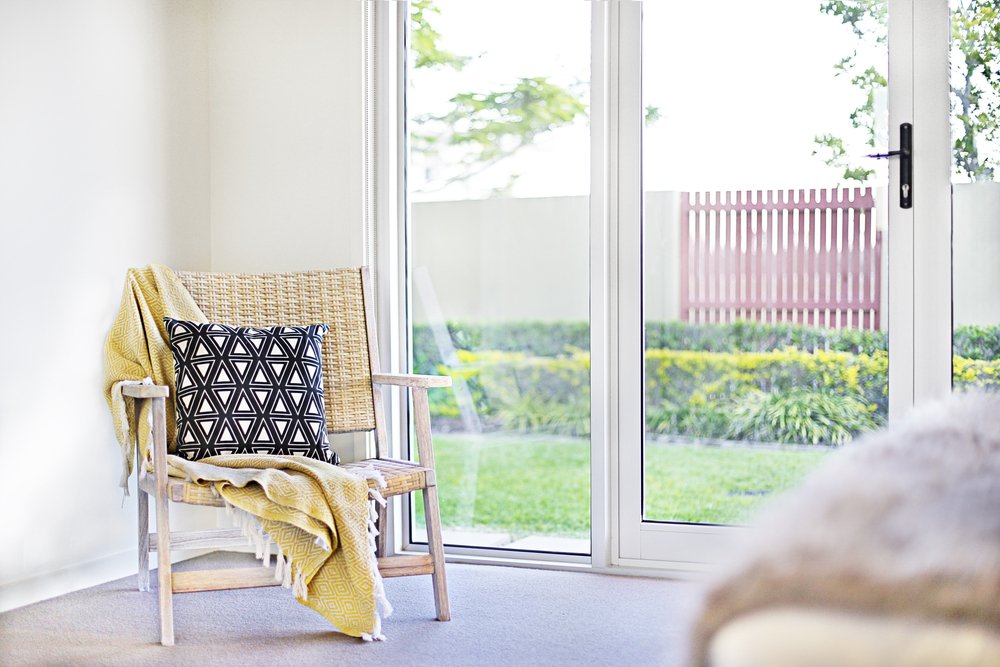
This one we know because it is such a common design. The hinges are on the side and you open one end of the door to be able to get in or out of your home. Usually this is used if there is hardly any space for sliding, folding or stacking doors, or if budget does not permit.
In the above photo, the garden view is wider because adjacent to the glass door on both sides are sidelights.
French Doors
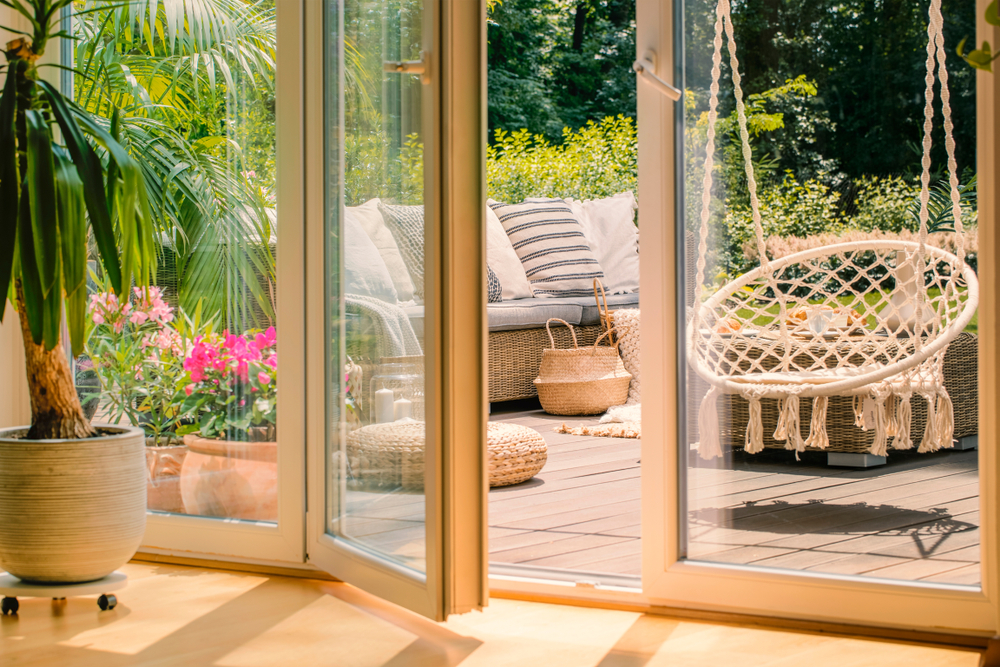
If you want the opening to be wider, you can have a french door which are two single doors that open in the middle away from each other. The one above also has sidelights to allow you to see more of what’s outside. If the hinge can only swing one way, then you have to choose whether it should swing out or in. This decision depends on where there is more space. If the doors open to a tiny balcony, then it is better to have the doors swing inward into the interiors so that you maximize the space in your balcony.
View this post on Instagram
Before the usual home interiors had open plan designs, we usually had distinct rooms like a living room, dining room and kitchen. These still exist, of course, because not everyone wants an open kitchen for example.
French doors are used to link two rooms together, and are still used in new homes nowadays (and it seems to be making a comeback) depending on the interior style. The glass panes allow light to come in. Having a view of another room also expands the feel of a space.
Sliding Door
View this post on Instagram
The sliding door is a familiar sight. There is a door panel that you move to one side and that slides in front of another that is fixed. This means that you will have a partial opening. If you have glass, the view is obstructed by the frame. The circulation of air is more limited than having bi-folding doors (see below).
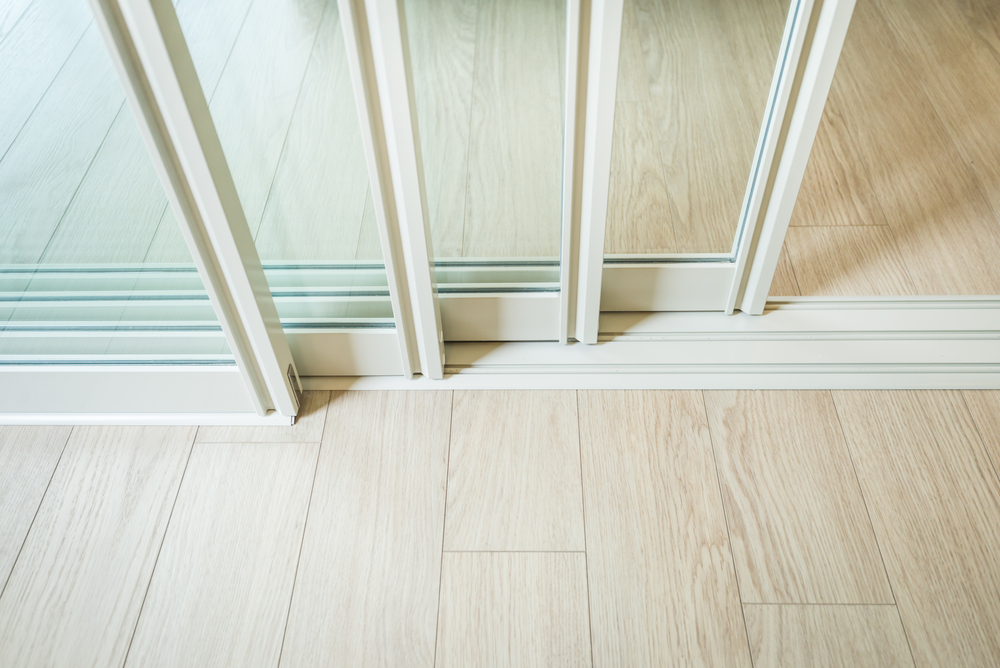
You can choose to have stacking sliding doors instead of the conventional one. This type of door gives you a wider access to the outdoors and more ventilation and light. It also gives you more control of how much air and light you want compared to a conventional sliding door.
Bi-Folding Doors
View this post on Instagram
This! Create an open corner for the ultimate indoor-outdoor living space. There are no columns to obstruct your view or your movement in and out of the structure, and natural light can just come streaming in.
Bi-folding doors are hinged panels that fold to one side of a structural opening and you control the opening. The analogy that comes to mind is the compressing or expanding of the bellows of a concertina.
Can you just imagine having this as your nest during the quarantine? Here is where you can work from home in peace, or read a book, or commune with nature. You need some fresh air? Open the doors and get your full dose of oxygen.
But there’s a price tag for all these. You would need a badass lintel to carry all that weight. And of course, the doors themselves are going to be a big-ticket item.
Pivot Door
View this post on Instagram
The pivot door complements a contemporary home, and looks good with a sleek, minimal or modern interior style. This door may be rotated 360 degrees on its vertical axis. It is a luxurious feature because you can have really big and wide doors since the pivot installation allows for it. The weight of the door is on the floor instead of the sides so there is more stability.
You need to get a professional to fit the door correctly, otherwise the door may not seal properly.
Vertical Opening Door
View this post on Instagram
I call this the garage door because of how it is opened, but it looks a way lot classier than a real garage door. Aside from a garage door, this type of door also reminds me of doors that you find in factories or loading docks of warehouses or exhibition halls. But again, because of the design, this is so far off from such utilitarian doors.
The two similarities are 1) the door opens vertically, and 2) it usually is opened by pushing a button.
The biggest advantage to this type of door is that you can just open a whole section of your home so you get the full view, as big as the opening allows. It could even be the whole width of the wall and as high as structural soundness allows.
You would definitely need professionals to install this type of door. I don’t know if these are available in the country though.
Brise-Soleil to Let Nature In, Your Way
Since we are located in the tropics, it is important to talk about brise-soleils after we talk about the different kinds of doors that can allow easy access between outdoors and indoors.
Brise-soleil is a French word which simply means sun breaker. It is an architectural feature that is used to deflect sunlight and reduces heat gain inside the house. It also helps to bring down energy costs by keeping the temperature indoors cool. We all know how important this is especially during the summer months when the heat can become unbearable.
Breeze Blocks
View this post on Instagram
Breeze blocks have been around since the 1930s but they gained popularity throughout the 1950s-60s when the mid-century style was a trend. Usually made of concrete and unpainted, these blocks have been used by architects as features that allow ventilation in houses but also provide privacy and security.
View this post on Instagram
The popularity of breeze blocks waned in the 1970s but they’re back. The Naraga Avenue House by James Russel Architect won “Best House Under 200 sqm” in 2016.
Mashrabiya
Mashrabiya is a “spiritual, decorative and functional architectural element” rooted in the traditional architecture of the Islamic World. It is similar to an oriel window which projects out of a building and is covered by intricate wood latticework. The term is now used also for the screen itself.
View this post on Instagram
Above you will see a more modern take of the mashrabiya.
The screen has provided protection to people from the intense heat in that part of the world. I encourage you to Google the term mashrabiya and you will find breathtaking designs that are highly intricate.
Muxarabi
View this post on Instagram
Eduardo Chalabi and Marcio Kogan of Studio MK27 designed the White House in 2014. The architects had to carefully consider the design and materials because the property is located on a beach, a locale that has serious environmental implications on a home—like hotter climes with bright sunlight that hasten weathering of exteriors, salty air which causes rusting of metal, or winds that can blow sand and seawater into the property. With climate change, the problem of rising sea levels is an issue that also has to be carefully considered.
The ground floor of the house merges interiors with exteriors. Glass doors and the huge muxarabi screens can be opened or closed to control how much sun and wind can enter the home.
Louvres
Traditionally, these are slats with frames that move horizontally to control the amount of light and fresh air coming into the house. Usually these can be anchored in place when opened.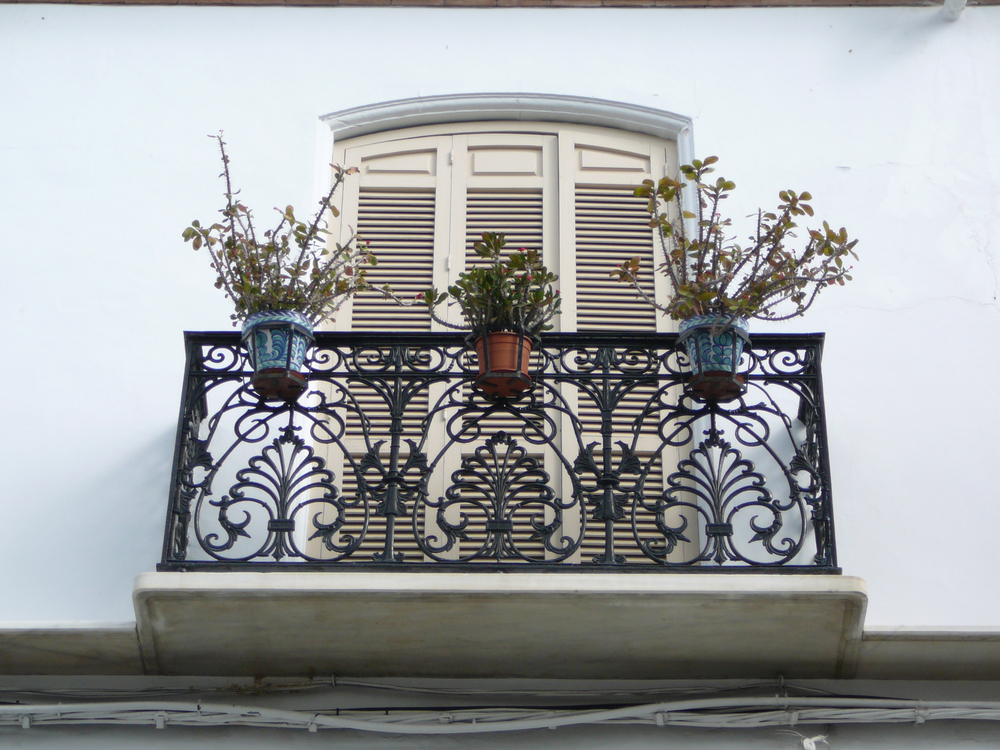 Nowadays, louvres are highly sophisticated and can open vertically too. These are made of wood, metal, aluminum, even stone. Check out the different kinds of louvres available today on this link.
Nowadays, louvres are highly sophisticated and can open vertically too. These are made of wood, metal, aluminum, even stone. Check out the different kinds of louvres available today on this link.
Other Brise-Soleils
There are many other types of architectural features that can be used as sun screens like perforated metal sheets, wrought iron grills (that are also used for security reasons), bamboo screens, solihiya screens, shoji screens, antique Chinese doors, and many more. Drop a comment if you can think of something else.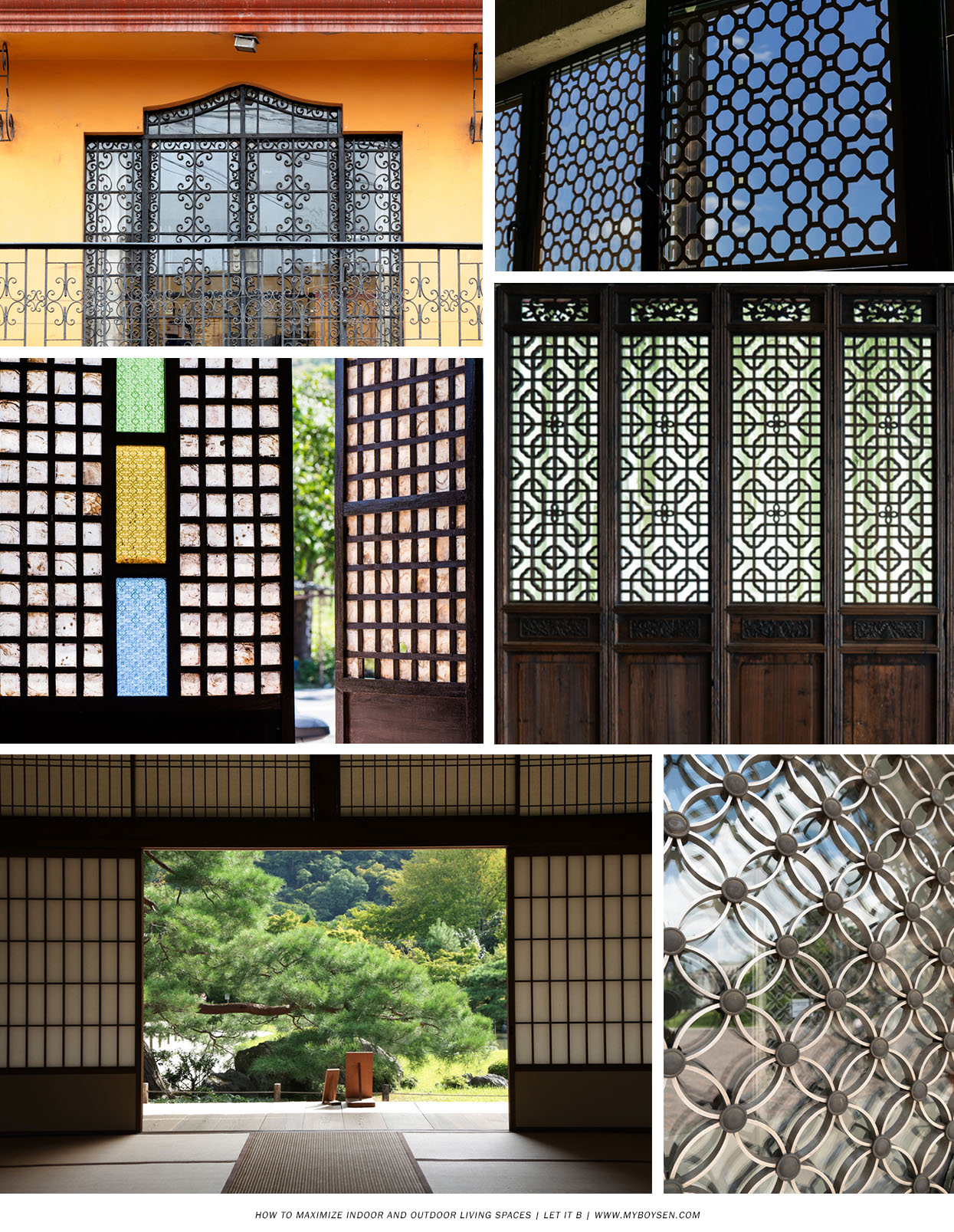
The traditional Filipino home has several architectural features that cool the interiors by allowing breezes in as well as brighten interiors by allowing natural light in. If you have visited Casa Manila in Intramuros or other heritage houses in other parts of the Philippines, you will see that nature becomes a part of the home interiors especially when windows and ventanillas are open.
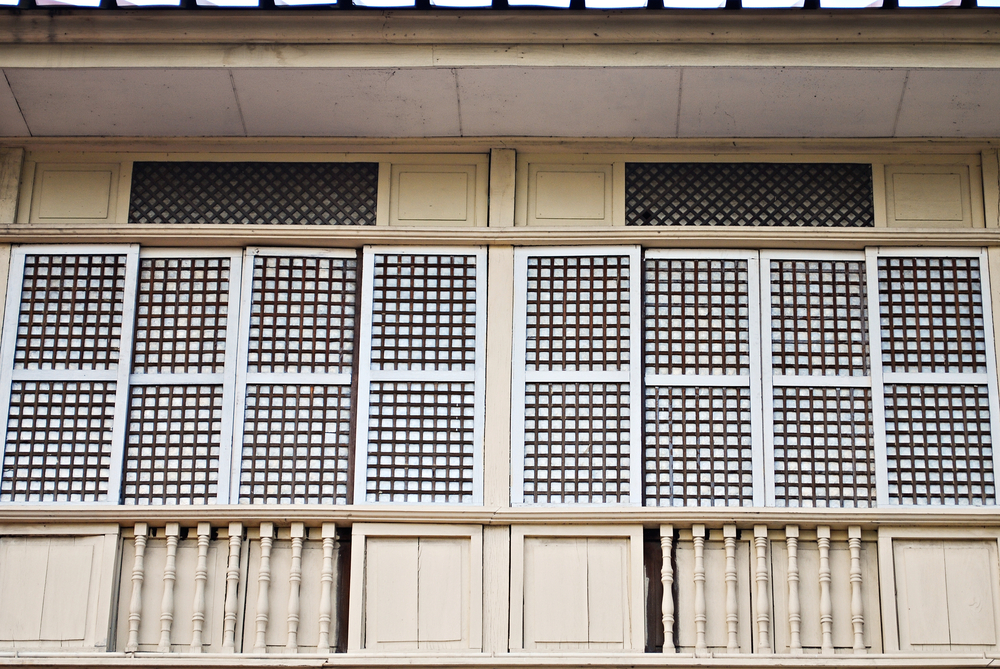
From top to bottom:
Calado – usually these are carved wooden panels but in this case, it is the latticework above the windows,
Concha – windows made of wooden latticework that frame capiz shells,
Ventanilla – the balusters below the window with wooden panels that can be opened or closed.
There are so many ways you can design the transition between indoors and outdoors. This is why you have to explore and discover what really resonates with you. If you want Filipino architecture, there are many architectural elements you can use. Vernacular architecture has a deep understanding of local materials and our environment.
There are so many ideas that you can borrow from other cultures as well. It’s up to you and your architect (and interior designer) to create a design that fits you and that ensures that all other cultural and architectural influences fit together and look cohesive.
Remember the 80-20 rule though if you want to combine architectural styles.
On top of that are your requirements for how much or how little you would like to have access to exterior spaces, and pragmatic concerns like dust, pollution and bugs. For the third one, you can check out Boysen Bug Off.
A Color Palette for Homes that Invite Nature In
A previous post gives many ideas on how you can design your home, and this post gives you even more to think about so that you can maximize your indoor and outdoor living spaces.
Many homes designed by top architects show that a winning color palette is composed of neutrals. This is because neutrals can blend so easily with nature. A seamless experience when you move in and out of your house can heighten the enjoyment you would feel for your home. When you are able to connect with your home at an emotional level, this gives you a feeling of peace and grounding.
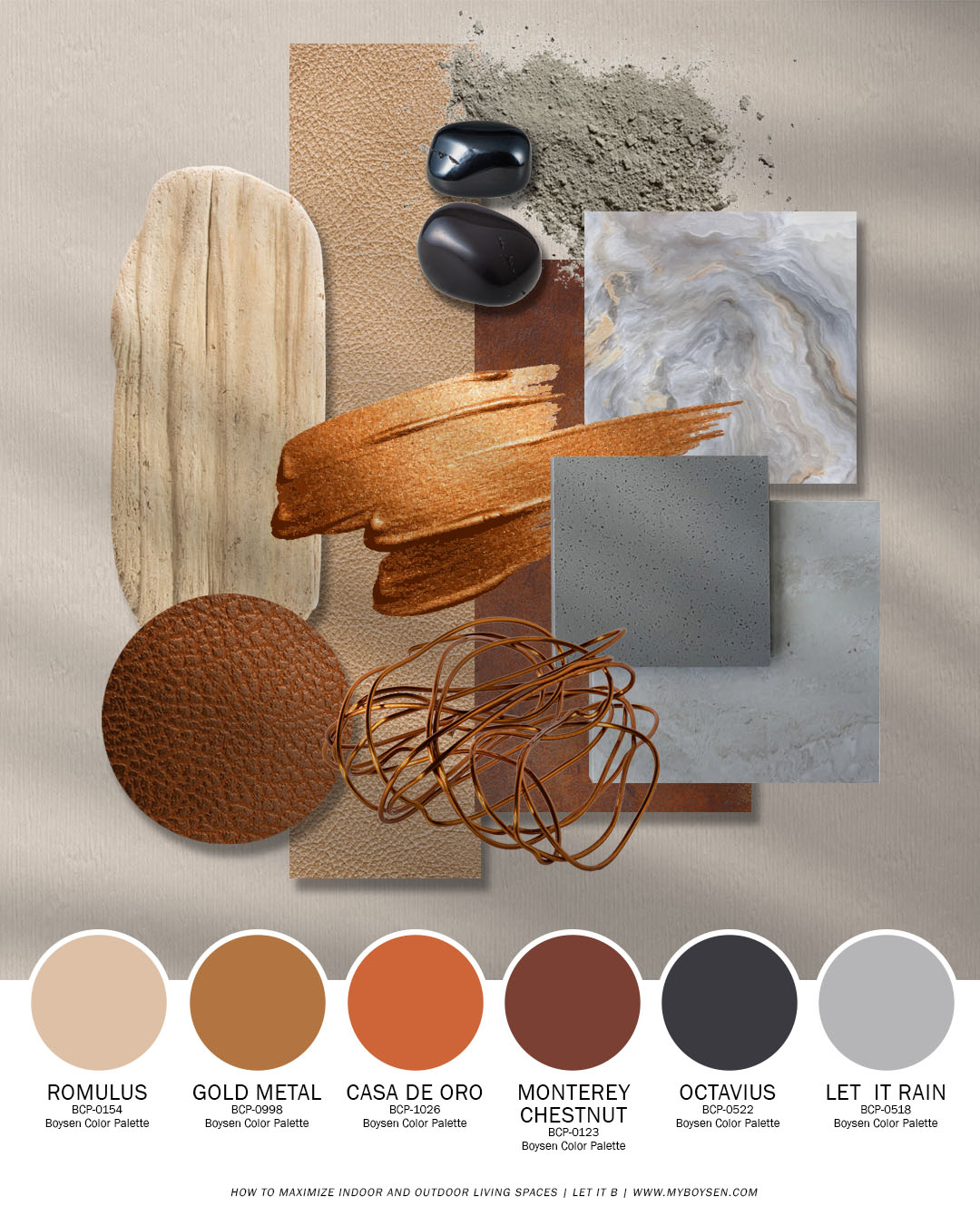
The color palette is derived from natural materials.
Materiality is also very important. Use natural materials like marble, bricks, wood, ceramics, stone, glass, or metals. Concrete became such a huge trend with the industrial style in the late 2000s and it is still going strong today.
Read How to Get That Modern Concrete Look with Konstrukt.
For furnishings, you can use leather, wool, cotton, and natural weaves made of rattan, bamboo, sisal, jute. We also have so many handwoven fabrics that you can use.
If you want to invite nature in, then a home made of and decorated with natural materials is just fitting.
A concrete house called Eagle’s Nest in Australia designed by Ian Bennett Design Studio inspired the mood board above. The residence has a breathtaking 270 degree view of the Pacific Ocean and headlands.
Subcribe to Let it B by clicking on the green button on the top right (laptop) or after the post (mobile phone) if you want to keep abreast of home trends, DIY paint tips, and color inspirations.
Local architects or interior designers who want to share their projects on indoor-outdoor living spaces, please email info@myboysen.com. We would be happy to showcase works of local professionals.

